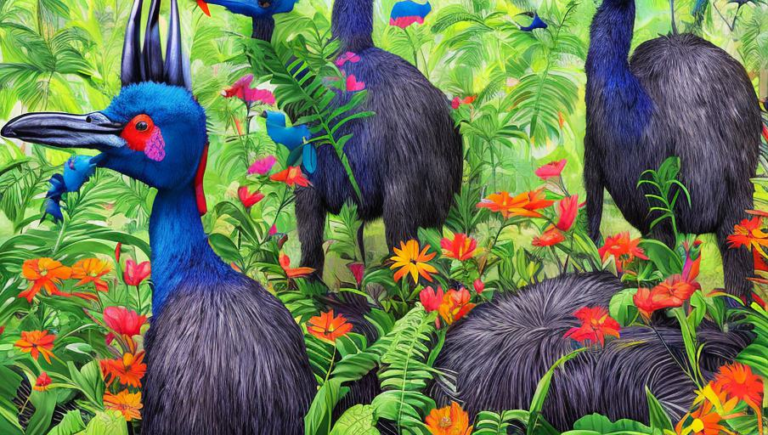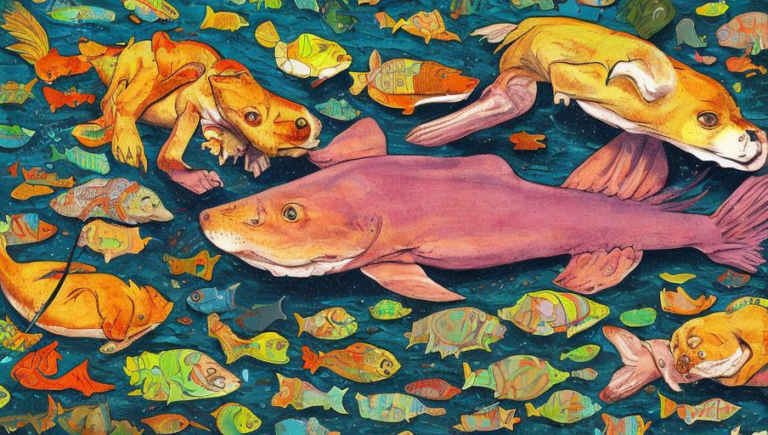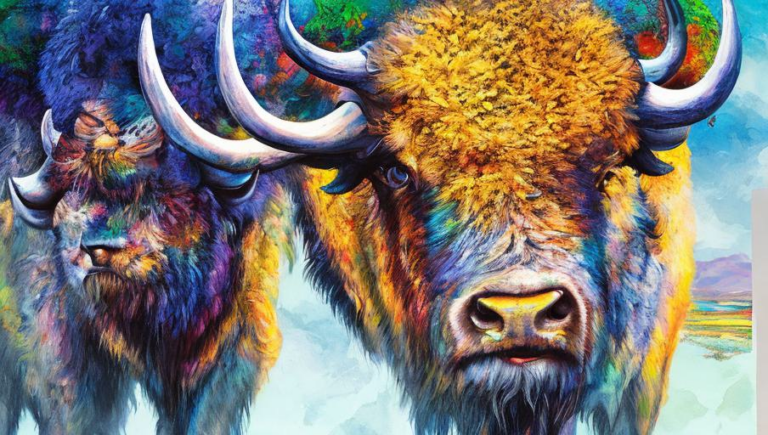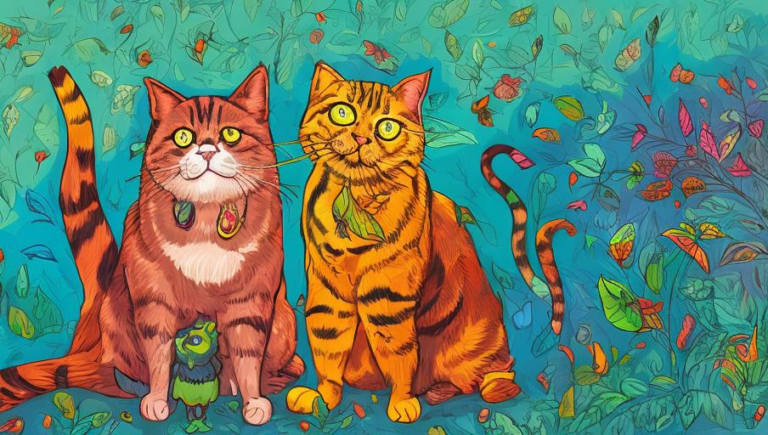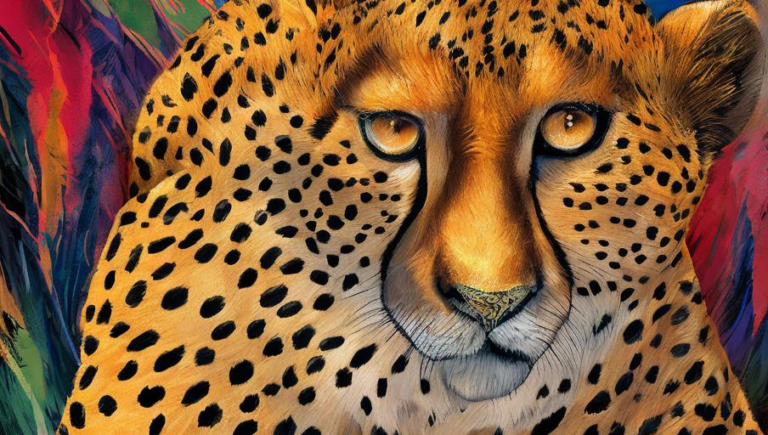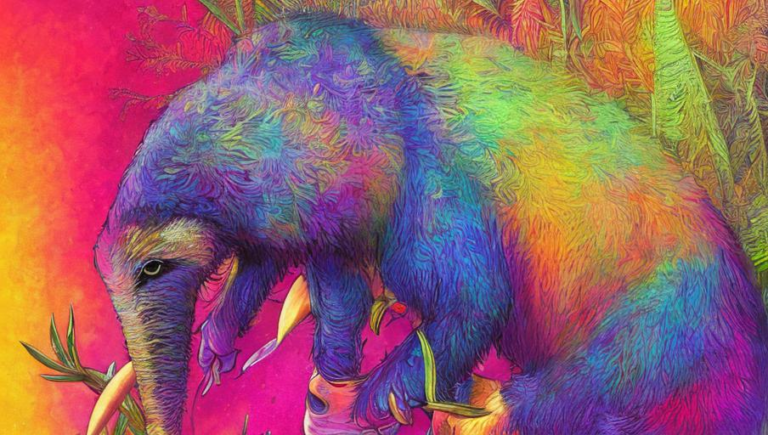Facts About Dugong Conservation
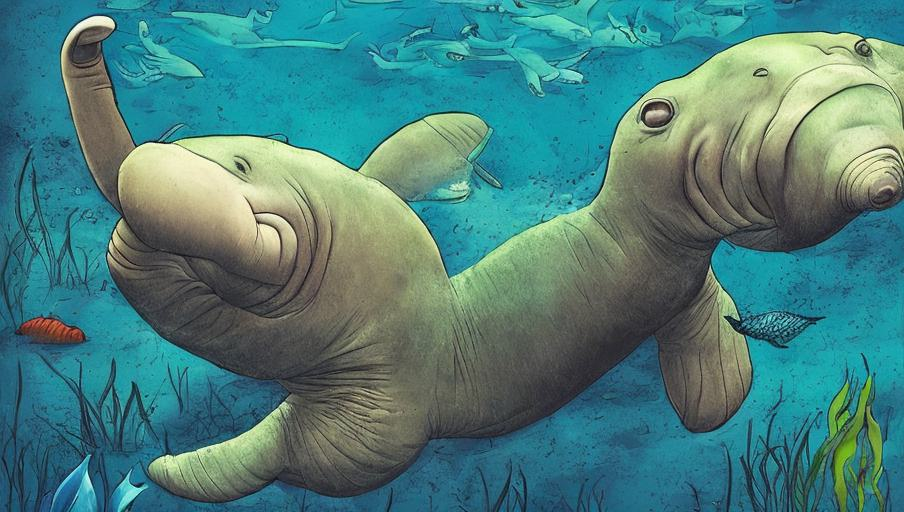
Introduction to Dugongs
Dugongs are marine mammals found in the warm waters of the Indian and Pacific oceans. They are the only living species of the family Dugongidae and their closest living relative is the manatee. Dugongs are herbivores, eating mostly sea grass, and they can grow up to three meters in length and weigh up to 500 kg. They are an iconic species of the Great Barrier Reef, but their populations are threatened by pollution, development, and hunting.
Dugong Conservation Efforts
Conservation efforts for dugongs are focused on protecting their habitats and ensuring their populations are stable. This includes protecting their feeding grounds and ensuring access to food, as well as protecting them from hunting and other human activities. Conservation efforts are also focused on reducing the impacts of climate change, as changes in water temperature and sea levels can be harmful to dugongs.
Protected Areas for Dugongs
A number of protected areas have been established for dugongs, such as the Great Barrier Reef Marine Park in Australia, the Dugong and Turtle Conservation Area in Okinawa, Japan, and the Dugong and Seagrass Conservation Area in the Seychelles. These protected areas ensure that dugongs have access to vital food sources, as well as a safe place to breed and rest.
Threats to Dugongs
Despite conservation efforts, dugongs are still facing many threats. The biggest threat to dugongs is habitat loss and degradation. This is caused by coastal development and fishing, which can disturb their feeding grounds and reduce their access to food. Other threats include climate change, pollution, and hunting.
What You Can Do to Help Dugongs
There are several things that you can do to help protect dugongs. You can support conservation initiatives that aim to protect their habitats and ensure their populations remain stable. You can also spread awareness of the threats facing dugongs and help to educate others on the importance of protecting them. Finally, you can support sustainable fishing and tourism practices and reduce your own impact on the environment.
Conclusion
Dugongs are an iconic species of the Great Barrier Reef and other warm water ecosystems, but their populations are threatened by many human activities. Conservation efforts are focused on protecting their habitats and ensuring their populations remain stable. There are also a number of things that you can do to help protect dugongs, such as supporting conservation initiatives, spreading awareness, and reducing your own impact on the environment.
